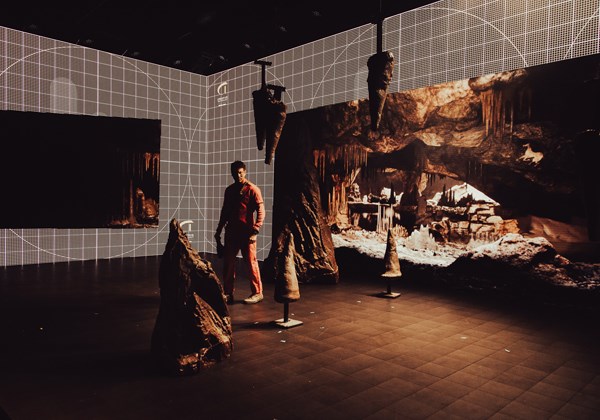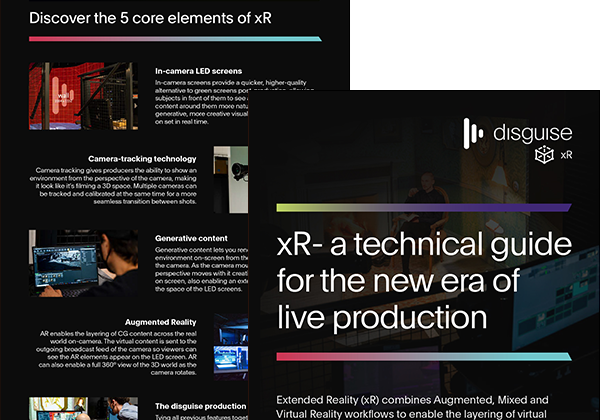
blog 2022 5 min read
How The Family + Choreografx are introducing virtual production to indie filmmakers
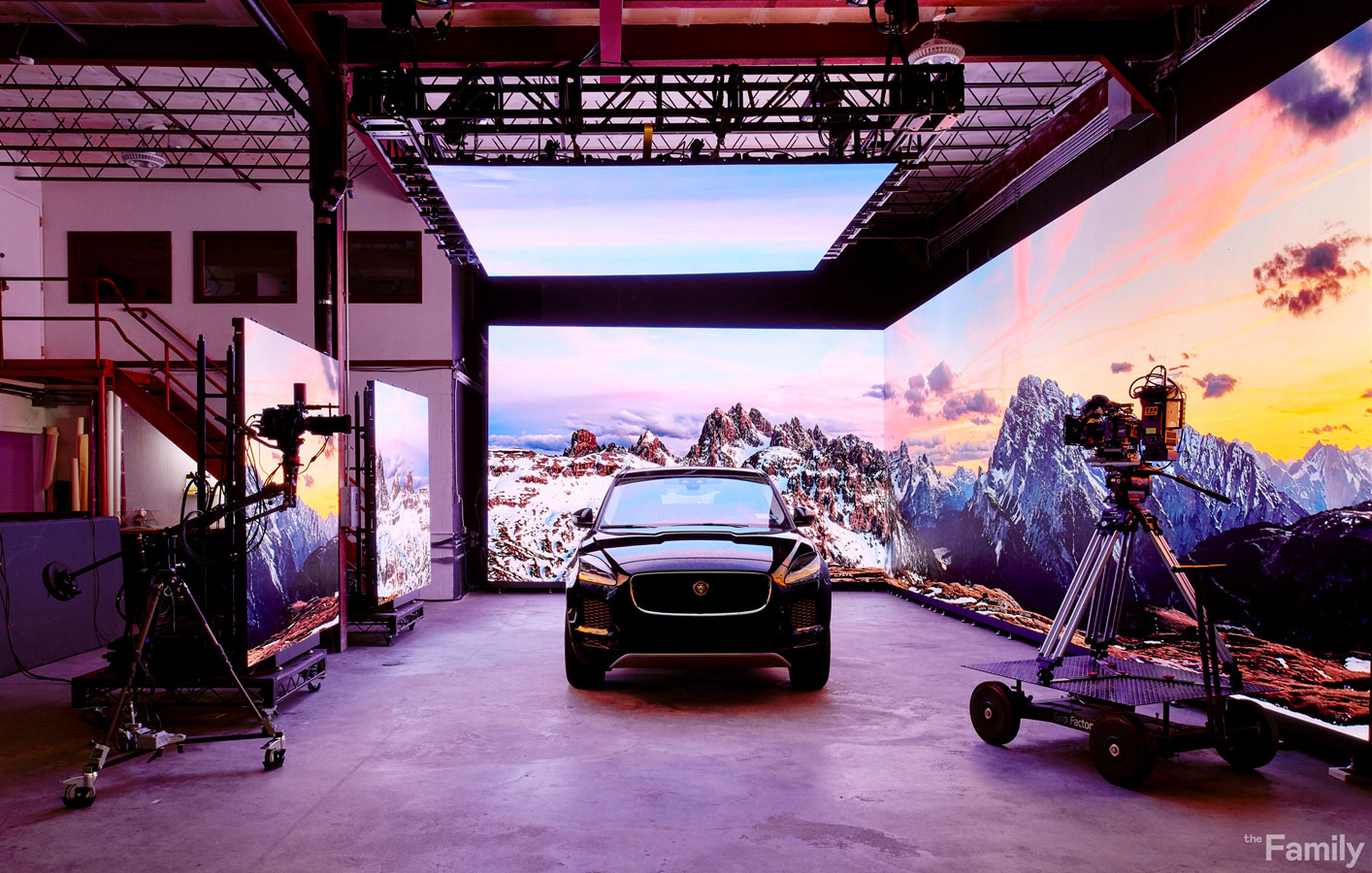
Combining Choreografx’s long history of disguise operations and nearly two years’ experience of xR beta testing with the Family’s deep understanding of video production processes, this exciting new partnership will help introduce virtual production (VP) to independent New York filmmakers.
Starting as a network of freelancers working across pre, physical, and post-production, the Family came together as a company looking to merge technology and storytelling, empowering artists by leaning away from the siloed work styles that are common in the film industry, and more towards an amorphous production that best benefits creative execution.
Meanwhile, well-established production technology consultants Choreografx (which began as Integrated Visions Productions in the early 2000s) are well-accustomed to using disguise in their previous immersive video and projection mapping work with musicians like Eminem, Paula Abdul and Pitbull, as well as high-end brands like Saks Fifth Avenue, Coca-Cola, and Tumblr. In 2019, they relaunched as Choreografx, with a plan to cater to film and TV.
When the two companies met via Evolve Media Group, they immediately saw huge potential for collaboration in the Family’s new xR studio in Brooklyn.
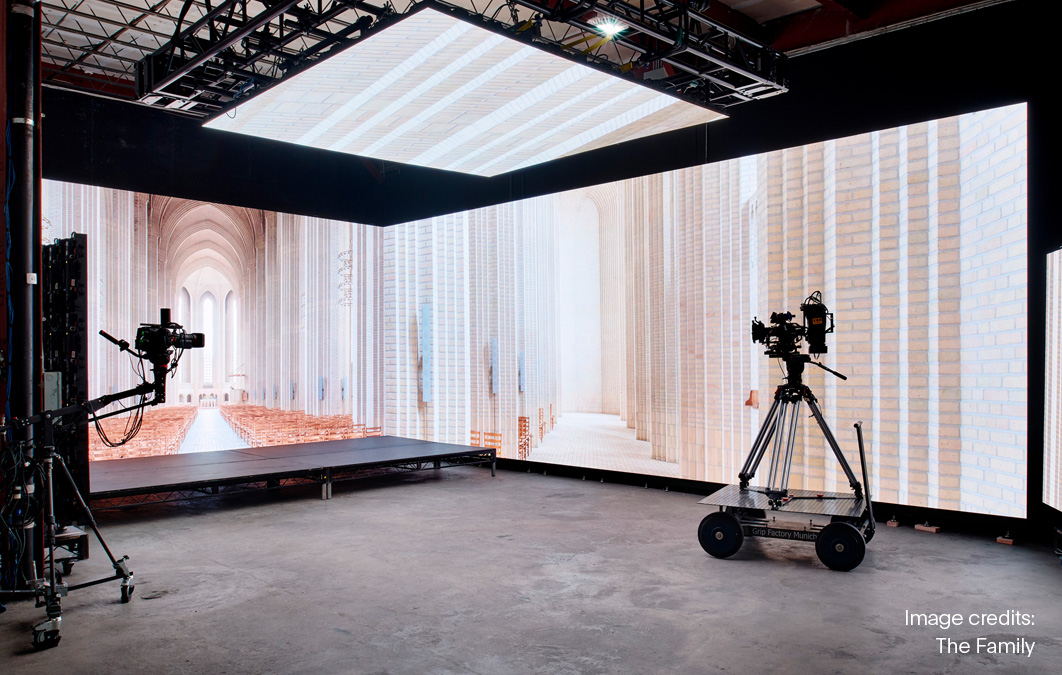
Making xR and virtual production available to TV and indie films
Enhanced by the disguise suite of solutions, the Family and Choreografx’s virtual production support offered to smaller and medium budget productions can have transformative and far-reaching benefits on areas like budget, casting, timescale, and creative vision in productions.
“There are benefits that xR and VP can provide on set that no other tool can provide,” says Kevin Kim from the Family.
For example, eliminating the need to shoot on location and at specific times of day shrinks the travel budget and means that a perfect sunset can last a whole day - if you need it - for as many reshoots as deemed necessary. “With proper planning, you can shoot four-five virtual locations in a few days, without having to fly out large crews on location or rent out expensive equipment,” says Bryan Dodson from Choreografx.
Virtual production techniques mean that new locations can open up, too: “We’ve had producers looking to film scenes in a yacht or a mansion. Renting these out would have been a lot more expensive than achieving them virtually,” says Bob Payne of Choreografx.

The budget also gets a helping hand from the fact that many variables can be controlled and planned early in the production stage: “We’re trying to push as much of the shoot into pre-production to alleviate the stress that would come up on the day that you couldn’t fix without costly post-production,” says Steve Dabal of the Family.
These budget and time savings can then support other departments in their schedules or funding. For instance, it becomes easier to cast a celebrity in a role if they can arrive on set to shoot for a few days rather than flying out on location to shoot for a few weeks. They can be slotted into a production much more readily, which in turn allows for greater exposure for the film.
Filmmakers embrace virtual production
The partnership is working to make the entire virtual production workflow as transparent as possible to filmmakers. “We try to have a lot of conversations around why people use different technologies like Unreal Engine and Ncam or stYpe,” says Dabal. “We need to bring in young individuals who break stuff to prove what can or can’t be done and how the different technologies can accommodate the requirements of the directors. We keep an open door policy and invite people in to try and innovate.”
And while directors and DPs step into a virtual production set and get excited by the technology, the team is careful to make them aware of any limitations from the outset so they can utilise VP as effectively as possible. “We have directors now who download Unreal Engine and start building out their vision immediately,” says Dabal.
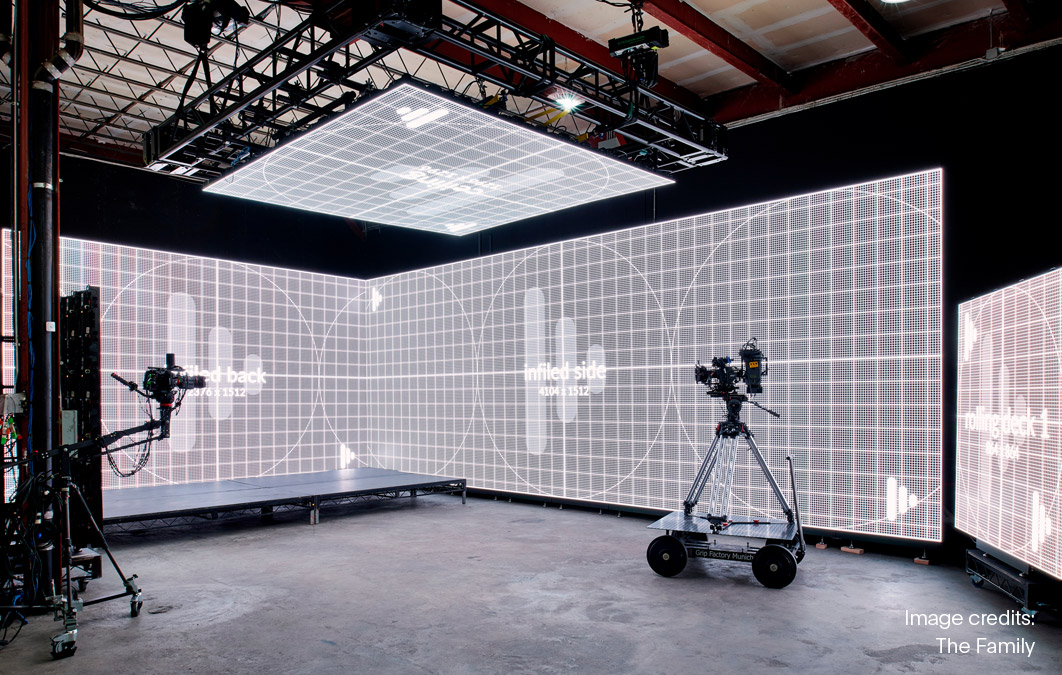
Finding the right workflow on a case-by-case basis
Part of the process is giving each production what it needs. “There are shots where you're pushing the boundaries of what this technology can do, and you're really stretching how it combines with practical scenery and different types of lighting and situations. We’re trying to make it as flexible as possible for them. These volumetric stages can still become a green screen stage,” says Payne. “It allows you to combine these workflows that they are familiar with [and] push into some of those more experimental directions and try to make it work.”
Meanwhile, one challenge is that producers don't realise when they first open the conversation how much of what used to be done in post-production has now shifted to pre-production. “They don't leave enough time and budget in the pre-production process to make it happen,” says Dodson. “They end up shooting just pre-rendered plates, and that ends up being a really great stepping stone, because now they trust LED. It's like using training wheels before riding the motorcycle.”
Every process is therefore as unique as the film it’s being used for. “That integration is what makes the Family particularly special because we understand the advantages and the opportunities and ultimately it's about efficiency,” says Kim.
With productions like That Damn Michael Che and The Other Two (both on HBO Max) along with a clutch of indie films under their belt, we can expect to see this team transforming and expanding the horizons for small and medium-budget productions from their Brooklyn studio.
